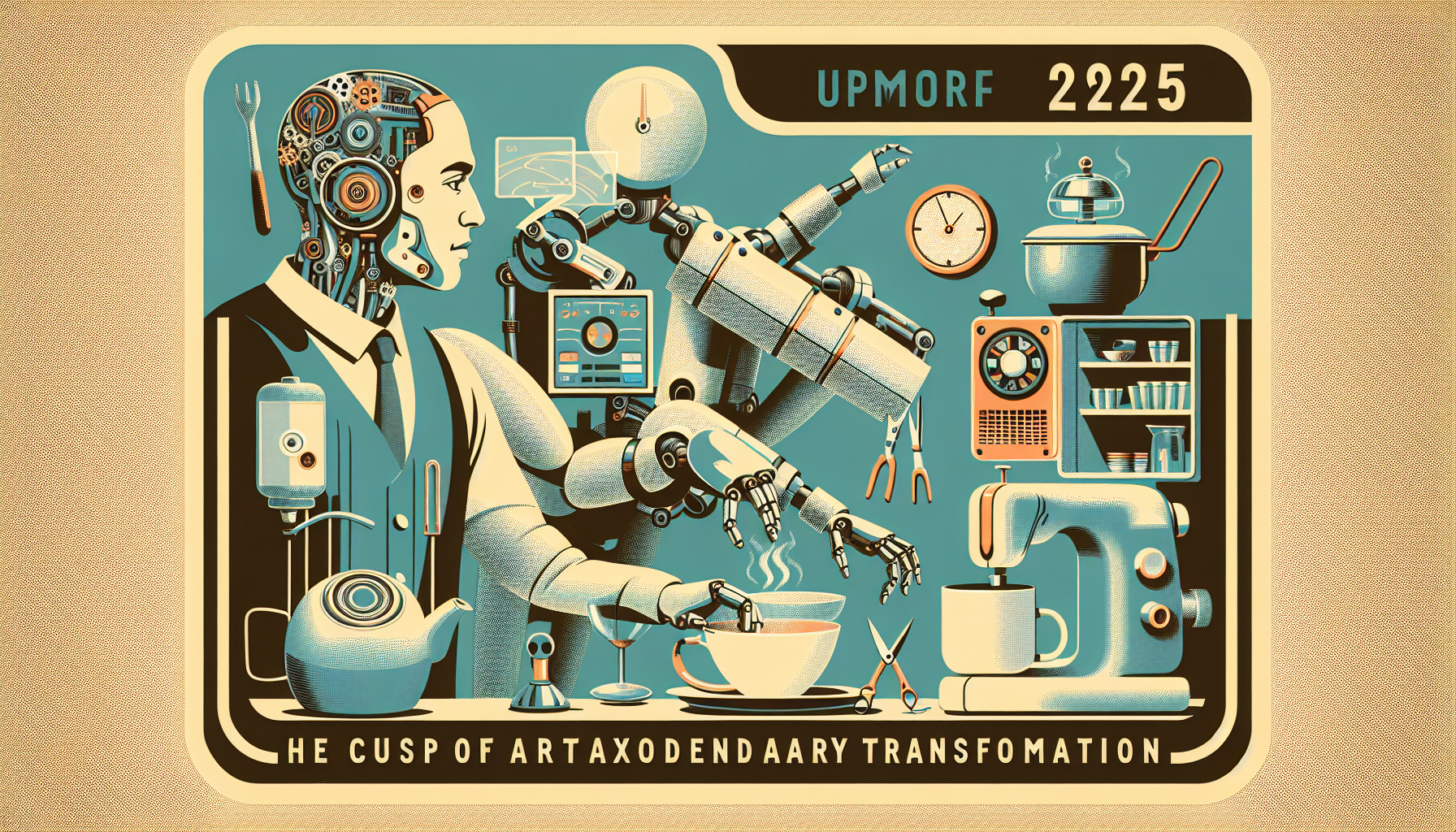As we embrace the dawn of 2025, the world stands on the verge of an extraordinary transformation. This year, artificial intelligence (AI) and humanoid robots promise to redefine our daily existence in profound ways. With countless innovations on the horizon, these technologies are poised to become integral to both workplaces and homes.
Advancements in AI
The cornerstone of this technological revolution is the meteoric rise of AI. Mirroring the intricacies of the human mind, deep learning is breaking new ground in understanding images and voices, reaching levels akin to human expertise. The progress in natural language processing (NLP) is nothing short of remarkable, largely due to advanced models like OpenAI’s GPT-4. These strides are setting new standards in customer service, elevating search engines, and transforming content creation.
Rise of Humanoid Robots
The emergence of humanoid robots, designed to emulate human movements and actions, marks another frontier. Leading the charge, companies such as Boston Dynamics, Figure, Apptronik, and Tesla envision a world where robots seamlessly integrate into spaces crafted by humans. Boston Dynamics’ Atlas robot already navigates tasks independently in work settings, showcasing the potential for these machines to adapt to human environments.
Pioneering the vision, Elon Musk’s Tesla aims to deploy its Optimus robots within its operations by 2025, with ambitions for large-scale production by 2026. Musk envisions these robots effortlessly moving through real-world scenarios, addressing both industrial and household needs.
Industrial and Domestic Applications
The role of humanoid robots is expected to be transformative across diverse sectors. In manufacturing, firms like Figure and Apptronik test their robots in facilities, including those of automotive giants like BMW and Mercedes-Benz. In fact, over 100 humanoid robots from Figure are already operational in various factories and research centers, while Apptronik eyes commercializing its Apollo model by late 2025.
Simultaneously, the domestic sphere is gearing up for its share of robotic aids. With companies like 1X preparing robots to tidy and manage homes, the march towards household automation is becoming a reality.
Technological and Ethical Considerations
The integration of humanoid robots necessitates a leap in AI to navigate the erratic nature of human-centered environments. These robots demand sophisticated AI tools to perceive and interact with three-dimensional spaces, autonomously tackle intricate tasks, and communicate with humans naturally. Pioneering efforts like Old World Labs’ “Replicants” introduce self-replicating robots powered by advanced AI, setting new benchmarks for intelligence and adaptability in robotics.
This rapid evolution inevitably brings ethical and regulatory dilemmas to the forefront. Crucial areas of concern include eliminating bias in AI systems, ensuring transparency in algorithms, and addressing potential job displacement. As innovation races ahead, governments and regulatory bodies are likely to enforce stricter policies to harmonize technological advancements with ethical and societal norms.
Economic and Societal Impact
The economic landscape is on the brink of a seismic shift, as the humanoid robot market is expected to soar, potentially reaching a staggering $154 billion by 2035. This growth invites a reevaluation of employment policies, particularly in densely populated nations with youthful demographics.
As the journey through 2025 unfolds, the interplay between AI and humanoid robots promises to be transformative. With key players pushing the envelope of innovation, these technologies are set to redefine sectors from manufacturing and healthcare to everyday home life. As we forge ahead, it is imperative to address the ethical, regulatory, and societal challenges that arise, ensuring a future where humans and robots coexist in harmony.

Leave a Reply